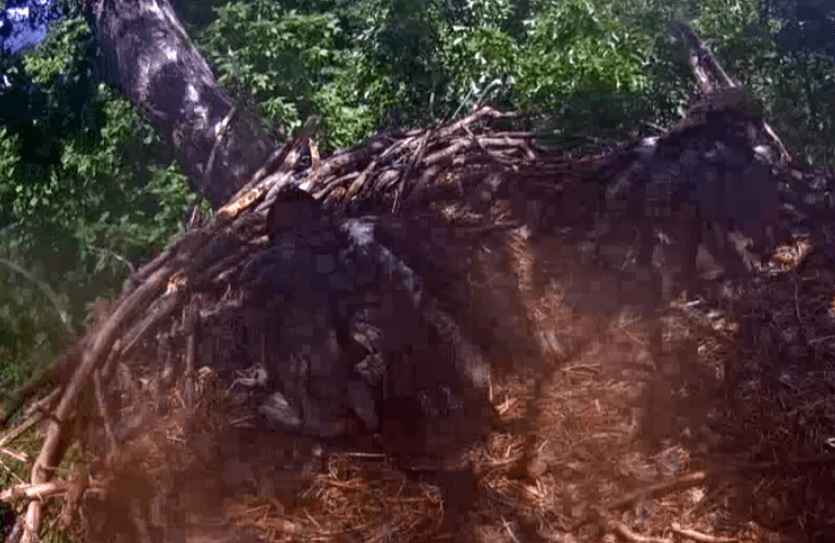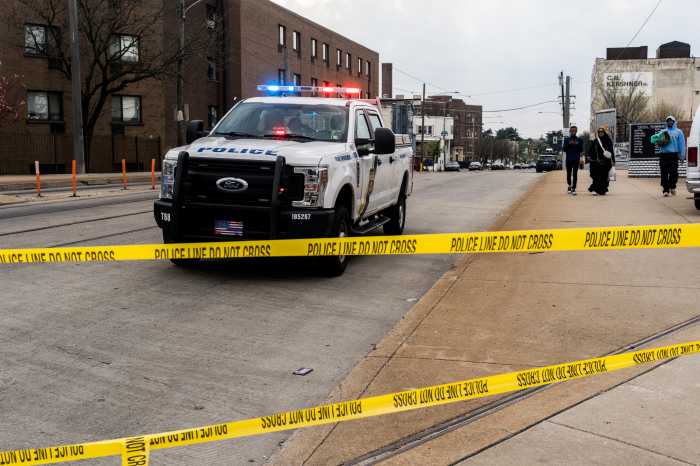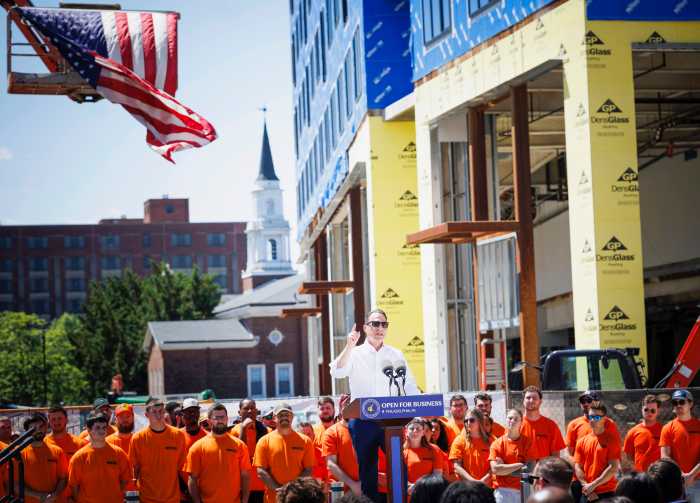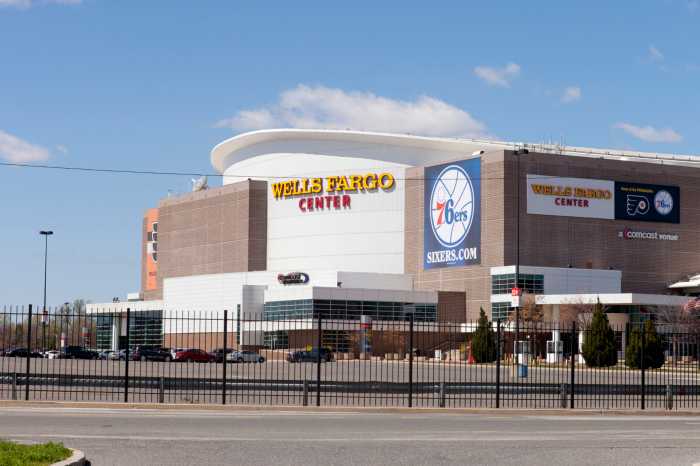People from across the globe have watched a pair of bald Eagles near Pennsylvania’s Cordorus State Park as they kept two eggs warm through a snowstorm.
Then they watched as two baby eaglets hatched about six weeks ago.
It might be time to tune into the Pennsylvania Game Commission’s webcam once more.
The eaglets are preparing to leave the nest.
“If you are watching them regularly, you’ll see a gradual increase in the amount of flapping and jumping in the air,” said Patti Barber, the game commission’s endangered bird biologist, “You might see an increase in height. You’ll be amazed at how high they can get.” All of that, Barber said, is how eagles learn muscle coordination and develop the muscles they need to fly.
Barber says that eaglets leave the nest at between 6 and 14 weeks of age. One big factor in how long they stay is how well they are fed. They’ll stay just as long as their parents feed them.
But they continue to be dependent on their parents after they leave, meeting them in the forest for food, and learning to hunt, fish and scavenge by watching them.
“When they first leave the nest, they’ll be fairly unsteady. They don’t know how to land exactly where they want to,” Barber said.
And it isn’t a sure thing that once they leave they’ll come back. “Some never quite make it back to the nest. They might be perched in the neighboring tree,” Barber said.
About half of Bald Eagles do not survive their first winter, usually because they cannot learn to hunt fast enough to gain calories to survive the cold. But those that do see their expected lifespans increase dramatically — they can live 25 years in the wild, Barber said. The pair of eagles who built the nest near Cordorus State Park have been in the same location for many years. That’s one reason the game commission picked it as a webcam site.
Barber said there are 272 other eagles’ nests in Pennsylvania.
Web-cam eagles face empty nest syndrome

Courtesy Pa. Game Commission






























